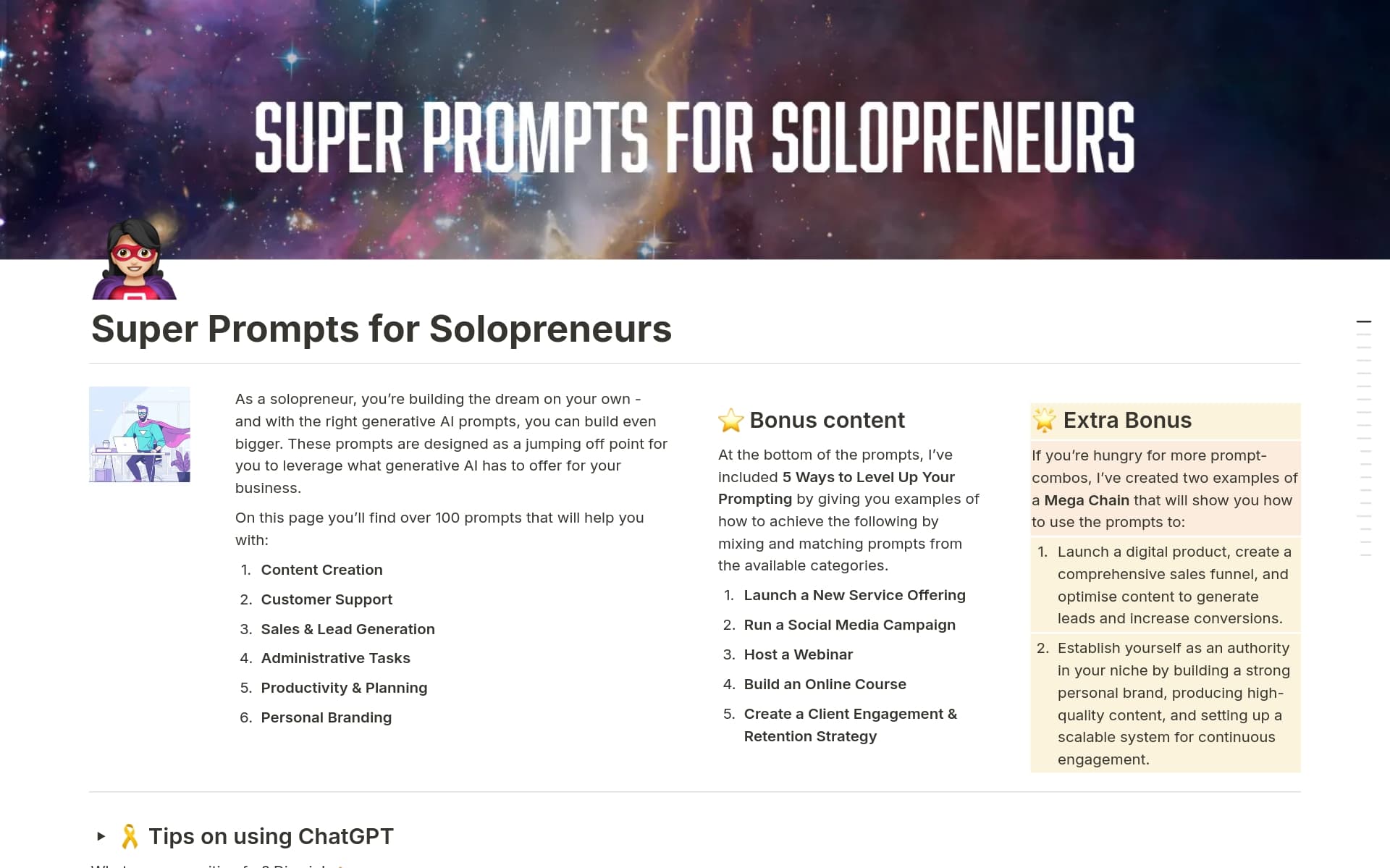Product Requirements are crucial for aligning teams and ensuring that the development process is focused on delivering value to users. They help in defining the scope, objectives, and expectations of a product, reducing ambiguity and increasing efficiency. A Product Requirements template in Notion can streamline this process, providing a structured approach to capture and organize all necessary details, from user stories to technical specifications.
Before you get started in creating your own Product Requirements, you should check out these Product Requirements Notion templates below to help make it easier.
What Should Product Requirements Templates Include?
Choosing the right Product Requirements Template in Notion can streamline your product development process significantly. Here are key components to look for:
Clear Objectives: The template should clearly outline the product goals and objectives, ensuring everyone understands the target outcomes.
Detailed Specifications: It must include sections for detailed specifications such as features, user stories, and acceptance criteria to guide development.
Stakeholder Information: A section dedicated to listing all stakeholders and their roles helps in maintaining communication and accountability.
Timeline and Milestones: Effective templates should incorporate a timeline view that maps out key milestones and deadlines.
Selecting a template with these components will help you manage product development more effectively and ensure all team members are aligned.
What Should Product Requirements Templates Avoid?
When selecting a Product Requirements Template in Notion, it's essential to be aware of certain features that might complicate or hinder your project's clarity and progress. Here are three key components to steer clear of:
Overly Complex Structures: Templates with too many nested pages or intricate linking can be confusing and reduce usability. Opt for simplicity to enhance team understanding and efficiency.
Undefined Roles and Responsibilities: Avoid templates that do not clearly define who is responsible for each task. Clear assignments prevent overlap and ensure accountability within the team.
Excessive Custom Fields: While customization is beneficial, too many custom fields can make the template cumbersome to use. Choose templates that balance flexibility with simplicity.
Choosing the right template involves looking for one that facilitates ease of use and promotes clear communication. Avoiding these pitfalls will help in selecting a template that truly benefits your project management process.



